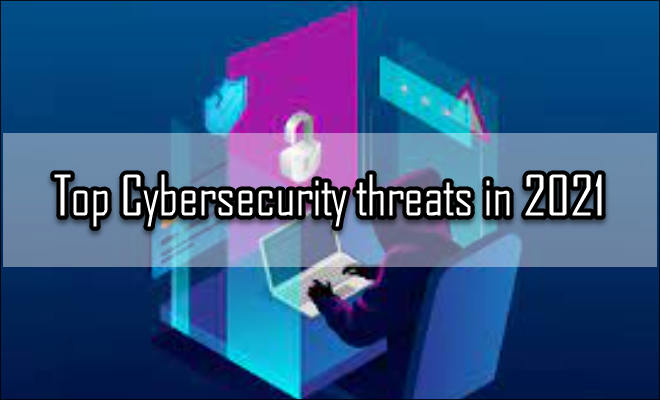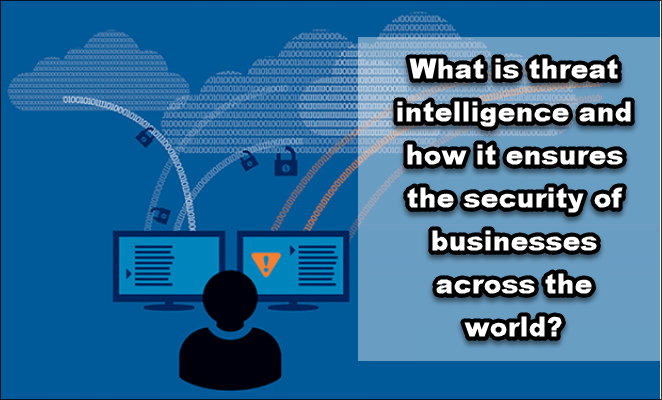The advancement of technology might have opened multiple opportunities and helped us sustain ourselves during the recent global pandemic, but at the same time, it has posed threats for organizations across the world.
IT professionals and cybersecurity experts have raised their concerns over the host of emerging cybersecurity crimes, including malware attacks, phishing, cryptocurrency, etc. The government and large IT firms have reported multiple cyberattacks in the last few years, resulting in huge financial losses, while the pandemic has been used as an opportunity for Certified Ethical Hacker to take advantage of the increased number of people online unsuspectingly sharing their private data via unsecured online connections.
There is a wide gap between the need for cybersecurity experts who can help mitigate the risk associated with cybercrimes, which has further escalated the concern.
With the unprecedented pandemic and nationwide lockdown, most businesses were shut down, organizations and corporate shifted to remote work. This increased our dependence on technology to stay connected with each other, where zoom calls and other video platforms became a new normal.
The rise in internet connectivity, remote working, huge reliance on technology, and automation and cloud network are few reasons which have contributed to rising of cybercrimes in 2021. Most companies are working from home , and since they lack a secure and protected network. Even when they are using vpnveteran, it makes them vulnerable to cybercrimes. Many leading government organizations and business firms made announcements of cyberattacks which led to a huge ruckus among IT professionals worldwide.
Pandemic aside, in the last five years, we have seen exponential growth in these cybercrimes and how these crimes have evolved over time. Hackers constantly find new ways to track vulnerabilities across the organizations, making it difficult for experts to prevent them.
Common cyber threats in 2021
1.Phishing has evolved
Under phishing, a digital target message is sent across platforms to fool people into clicking the link, to install malware or sensitive data. E-mail phishing might not be something new, and employees at most organizations are now aware of these crimes, but it has evolved in the last few years. Today, hackers use machine learning to send fake messages hoping that employees will compromise their organization system and networks.
2.Cryptojacking
The introduction of cryptocurrency has also led to the advancement of cybercrimes and contributed to the introduction of cryptojacking. Cryptojacking is the process where hackers hijack the home or work computer so they can mine for cryptocurrency. Since the process of mining requires immense computer processing power, the hackers can make money easily with piggybacking on someone else’s system. This can lead to performance issues and reduce downtime across IT firms.
3.IoT Attacks
IoT is a buzzword in the internet age, and it encompasses all the interrelated, interconnected objects that help to transfer data over a wireless network such as laptops, tablets, routers, household appliances, etc. These IoT devices are at a great risk today, which means if hackers can use these devices for illicit activities, overload networks, or lockdown essential equipment for personal and financial gain.[adsense]
4.Social Engineering
Hackers have become more and more advanced not just in terms of technology but also psychologically. Social engineers are defined as hackers who use human psychology to extract sensitive information from the individuals in the organization. They understand this as a common weakness in every organization and help to use it for their benefit.
Conclusion
Since hackers are becoming more and more sophisticated and using technology to commit these crimes, organizations should make employees aware of the implications of these crimes and how they can try to reduce the chances of sharing company data and information.



